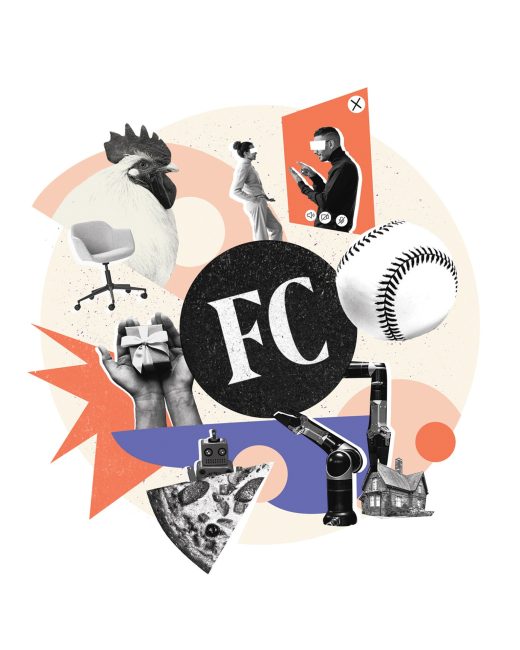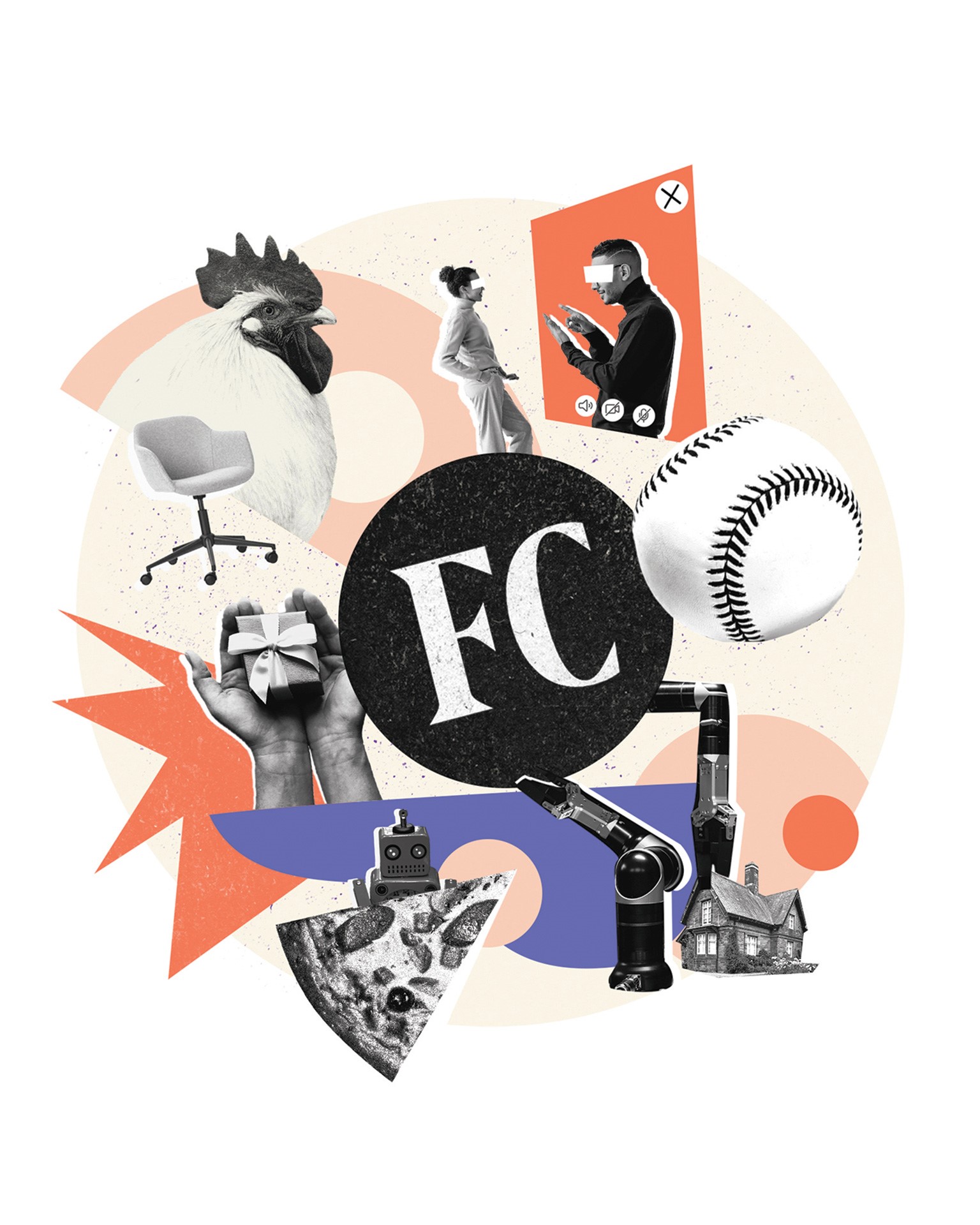Why did the chicken cross Flatbush Avenue?
Among the many things I was surprised to learn while overseeing this issue of Fast Company: I live down the street from one of the highest-grossing Chick-fil-As in America. Maybe I shouldn’t have been so shocked. This particular Chick-fil-A, the only one in Brooklyn, sits across from the Barclays Center, on a high-traffic, six-lane stretch of Flatbush Avenue. At any given moment, two of those lanes are almost totally blocked by a swarm of double-parked DoorDash drivers and triple-parked e-bikes—dozens at a time, desperately trying to retrieve their next order and speed off to feed a hungry borough. As Clint Rainey notes in “Chick-fil-A’s New Testament,” it’s like a scene out of Mad Max, but with waffle fries.
Then again, a lot of what I thought I knew about Chick-fil-A—which reported nearly $19 billion in sales in 2022, up 88% in just five years—was wrong. The company’s bottom line isn’t the only thing that has evolved in the decade since its former CEO spoke out against gay marriage, sparking nationwide protests and signs reading “Cluck You.” After reading Rainey’s story, you may choose to avoid Chick-fil-A (and not just on Sundays, when it remains closed nationwide in observance of the Christian Sabbath). But I bet you’ll be surprised at who else is boycotting the company these days, and why.
Technology’s power to disrupt and transform, to create both hurdles and opportunities, is a through line of our Chick-fil-A exploration. It’s also the primary theme of just about every other page of the issue, starting with global technology editor Harry McCracken’s illuminating profile of Marques Brownlee, the gadget guru of YouTube, who has 17.7 million subscribers and an unquantifiable influence on the consumer-tech industry.
In our third annual Next Big Things in Tech package, McCracken and senior editor Max Ufberg, with support from just about every other member of our newsroom, have given us a look not just around the corner but the corner after that. The companies, ideas, and wild inventions highlighted will define tech innovation for years to come, helping to address some of the world’s most vexing problems. Many of them will probably be reviewed, sooner or later, by Brownlee.
One “problem” that didn’t need to be solved at all, however: how robots can be used to make pizza. For Kristen Hawley’s absolutely delicious story on the meltdown of a startup that for some reason tried to do just that, please read “Pizza, Robots, and Money.” It’s best enjoyed over a slice or two—made by a human.
(13)



